Instructional Series
This site will be closing soon as its content has moved to Tāhūrangi.
2024 titles are available on Tāhūrangi. Use the filters to find specific series.
Find Literacy resources at Tāhūrangi - Literacy.
Welcome to the English medium literacy instructional series teaching and learning resources for years 1 to 8.
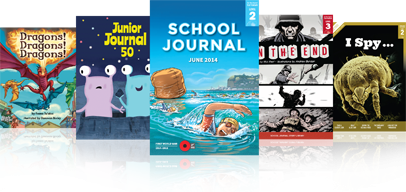
- Gold
- Purple
- Green
- Orange
- 2
- 3
- 4
- 1
- 4
- 5
- 6
- 7
- 8
- 3
- 2
- English
- Social Sciences
- The Arts
- Health and Physical Education
- Science
- Technology
- Learning Languages
- Mathematics and Statistics
- Non-fiction
- Fiction
- None
- Nature of science
- Living world
- Nature of technology
- Geometry and Measurement
- Planet Earth and beyond
- Statistics
- Critique evidence
- Engage with science
- Articles
- Stories
- Poems
- Plays
Search results
78 items - Showing 11 - 20
-
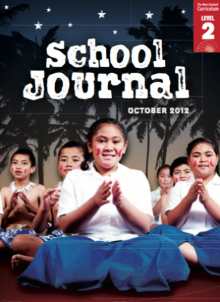
Uncle Tino
by Jane Davitt Va‘afusuaga
“Uncle Tino” is a deceptively simple story about Samoan twins, Jessie and Jonas, who are embarrassed by their exuberant uncle who has recently arrived from Sāmoa. The lively story is woven through with Samoan concepts and values as Jessie and Jonas gradually change their attitudes toward Uncle Tino. The story reinforces the idea that cultural knowledge and skills are “cool” and worthy of respect.
-
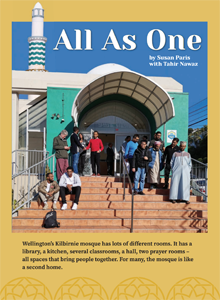
All As One
by Susan Paris with Tahir Nawaz
While Muslims account for a small percentage of New Zealand’s population, their community has had a high profile in recent years. This article provides a brief introduction to the community’s values, as seen through the eyes of four people involved with the Kilbirnie and Hāwera mosques.
-
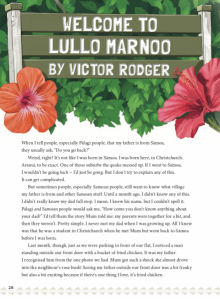
Welcome to Lullo Marnoo
by Victor Rodger
illustrated by Scott Pearson
"When I tell people, especially Pālagi people, that my father is from Sāmoa, they usually ask, “Do you go back?” Weird, right? It’s not like I was born in Sāmoa. I was born here, in Christchurch. Aranui, to be exact. One of those suburbs the quake messed up. If I went to Sāmoa, I wouldn’t be going back – I’d just be going. But I don’t try to explain any of this. It can get complicated."
-
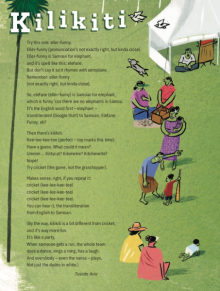
Kilikiti
by Tusiata Avia
illustrated by Daron Parton
"Then there’s kilikiti. Kee-lee-kee-tee (perfect – top marks this time). Have a guess. What could it mean? Ummm ... Kittycat? Kilometre? Kitchenette? Nope! Try cricket (the game, not the grasshopper)."
-
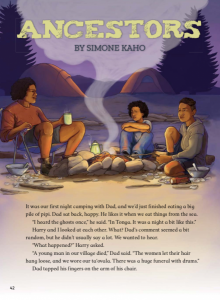
Ancestors
by Simone Kaho
illustrated by Leilani Isara
"It was our first night camping with Dad, and we’d just finished eating a big pile of pipi. Dad sat back, happy. He likes it when we eat things from the sea."
-
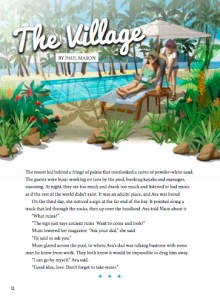
The Village
by Paul Mason
illustrated by Kimberly Andrews
Looking for adventure on a family holiday with her parents, Ava wonders off to explore some nearby ruins.
-
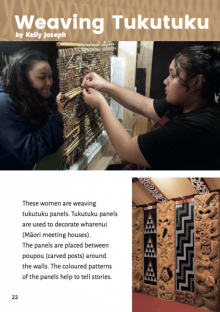
Weaving Tukutuku
by Kelly Joseph
This article explains how tukutuku panels are made and the symbolism of some of the patterns, including the patterns that feature on our $5 and $10 banknotes.
Gold 2
-
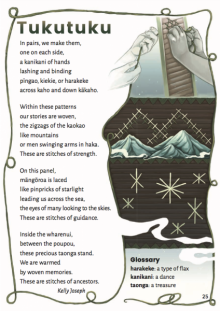
Tukutuku
by Kelly Joseph
images by Isobel Joy Te Aho-White
The poem “Tukutuku” explores how tukutuku panels are made and the symbolism of some of the patterns, through vivid figurative language.
-

Lost Treasure
by Anahera Gildea
"I’ve got this cousin Hoani. He always causes me big trouble. One time, I stayed over at his house and woke up paralysed. During the night, he’d plastic-wrapped me to the stretcher."
-
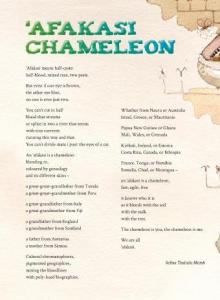









 Literacy Online home
Literacy Online home
